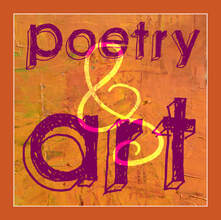 Poetry is a medium for self-expression, allowing individuals to articulate their innermost thoughts and feelings in a way that is both personal and universal. Through the careful arrangement of words, poets can convey complex emotions and ideas with clarity and precision, touching the hearts and minds of their audience. Whether it's the joy of love, the pain of loss, or the longing for meaning, poetry offers a means of connecting with others on a deeply human level. Throughout history, poets have used their craft to critique injustice, advocate for equality, and give voice to the marginalized. Poets have wielded their words as weapons against oppression and tyranny, sparking movements and shaping the course of history. Poetry can transcend linguistic barriers, offering a bridge between cultures and fostering empathy and understanding. Through translation, poems can travel across continents, carrying with them the richness of diverse cultures and perspectives. In a world fraught with division and conflict, poetry serves as a reminder of our shared humanity, transcending differences and bringing people together in a celebration of the human experience. This is why literature and poetry play a role in my visual art process. When I read Maya Angelou’s poetry or Sistah Sonia Sanchez poetry or Sista Soldiers Poetry or hear Gil Scott Heron poetry I stand at attention and grasp my role and my future. Some of my favorite lessons to teach art for people to interpret writing visually. One of my favorite things to do is to read and read my books and poetry books and envision an illustration to go with the writing. I do this with music lyrics too. When I read poetry, I can see images as I read them. All my senses are engaged.
0 Comments
Leave a Reply. |
Author
|

 RSS Feed
RSS Feed